"Film is a mostly animated cartoon featuring an animated woman and men. The film backdrop often features life images of an old house in winter. The film begins by showing a few pages from the Dec. 7, 1867 'The Milkspur Beacon' newspaper. The woman is in the middle of getting married when she decides to run away. After going back and forth between at least two men, she gets married again" Archives of Ontario.
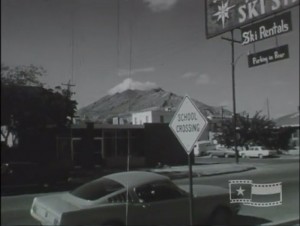
"This film captures scenes of men in El Paso posing, walking, climbing, performing fake fights, and acting out humorous scenes while the man behind the camera experiments with effects and film speed. The outcome is an entertaining film full of interesting visuals" Texas Archive of the Moving Image.
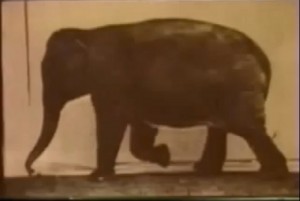
"Between 1877 and 1885, an English photographer, Eadweard Muybridge, conducted detailed experiments analyzing human and animal motion using rapid photography. In 1968, John Straiton took the published works of Muybridge and created from them a fascinating and hilarious film. A tribute to the serious maker of the first nudie before the invention of movies." Canadian Filmmakers Distribution Centre.
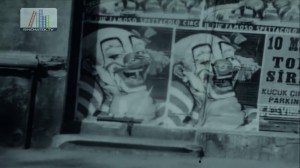
“Beyoğlu 68 Üzerine Beyoğlu’nu filme çekmeye karar verdik. Artun yönetecek, ben kamerayı kullanacaktım. Güç bela birkaç kutu pelikülle 16 mm.lik bir kamera edindik ve Mayıs 68’de Beyoğlu’na çıktık. Artun bana kaydedilmesini istediği şeyleri gösteriyor, ben çekiyordum. Amaç tüketim toplumunu eleştirmekti ama senaryo yoktu. İşin kurguda bağlanacağını biliyorduk […].” Jak Şalom, sinematek.tv: http://sinematek.tv/beyoglu-68/ (25 October 2019).
“On Beyoğlu 68: ‘We decided to film Beyoğlu. Artun had to direct it and I was responsible for the camera operations. We hardly found a box of unexposed film as well as a 16mm camera and started wandering around Beyoğlu. Artun was telling me what to shoot and I was recording. The purpose was to critique consumer society, but there was no script. We knew that we need to deal with it during the process of montage’ […].” Jak Şalom, sinematek.tv: http://sinematek.tv/beyoglu-68/ (25 October 2019).
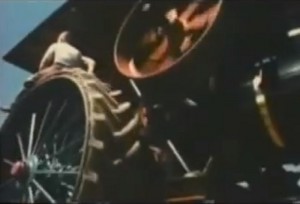
"Those sensual machines, steam tractors, reveal a remarkable ability to perform to music." Canadian Filmmakers Distribution Centre.
"The Hungry Kook Goes Bazook is a zany title and zaniness continues throughout the film. This is a motion picture one would think could not be made. Even after you have seen it, you wonder whether this was a film with real live people in it or just another cartoon. Ed McWatters simply stole a cartoon and made it with real live people; that's how simple it is" PSA Journal, Oct. 1968, 48-49.
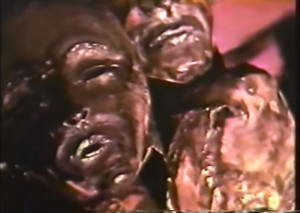
"Materials of Ron Boise's art are found in the wrecking yard. Welding, burning, beating on the discarded metal, the artist works from a life model. He seeks not so much to represent the human form as to express it through his "junk" medium. Music is provided by Dr. Fred Katz, Professor of Anthropology at CSUF." Via WorldCat
"The Attic, done in black-and-white, ends with a twist that really gets one guessing. Don Tennant's back yard becomes an authentic battleground and excellent use of sound makes this film seem like it has a cast of thousands until you realize there are only three characters in the story. One of them is you . . . wandering. Here again we can't tell you too much without spoiling it for you, except to say that it's 5 1/2 minutes with an ex-G.I. in "the attic"" PSA Journal, Oct. 1968, 49.
"The City was entered by its maker as an experimental film and ended up winning the Travel Film Award. Usually travel motion pictures have a difficult time in festival competitions, but this one came out almost on top. George Hood, who also won an Honorable Mention for Goin' Home, shows you 17 minutes of San Francisco that makes you feel you have lived there all your life - and he does all this without one word of narration, just sounds and music plus excellent filming" PSA Journal, Oct. 1968, 48.
Total Pages: 299